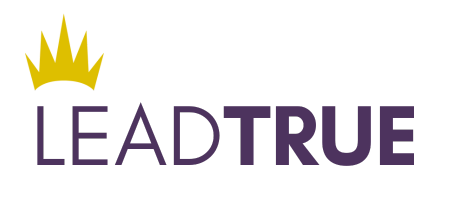How do I Show Executive Presence if I’m Not an Executive (Yet)?
By Peg Rowe
In my career, I was an executive before the phrase Executive Presence was coined. You either had that job title or you didn’t, and moving up in the organization was based on bottom-line performance and who you knew. Career growth is still based on excellent performance and a strong network, yet the professional path is more fluid and complex. For example, there used to be one choice of attire for the female professional: the navy blue skirt suit. Obviously our options of what to wear to work and how to manage our careers have increased dramatically. More options and increased diversity equal more opportunities — and more confusion for both individuals and businesses.
One of these puzzles to solve is concerning Executive Presence.
The thorough study published by Coqual has everyone talking about Executive Presence, particularly for women. Understanding and building Executive Presence is undoubtedly pivotal in moving to leadership roles as the research shows that presence is equal to (or more important) than performance in promotions. Toward the end of the document, there are tactical actions suggested, particularly for women and multicultural employees, who are at a visual disadvantage when it comes to presence.
When looking at these practical suggestions, I felt there was something missing. Yes, it’s important to understand how you are perceived, ask for direct feedback and make changes to increase the power of your presence. But why?
In our leadership development work at Tiara, asking why is critically important. This is the bridge between feeling inauthentic and developing your true leadership brand. In fact, if you have a goal that requires being attentive to your presence, here are the questions we suggest you ask as part of the process:
What is my ideal job?
What inspires me about this role?
How does this job reflect my strengths?
What are my high-impact goals?
How do I want this world to be different because of me?
What are my core values?
Do my core values reflect who I am? Do they fill my heart with joy?
What are my innate strengths?
Does my ideal job rely on these natural talents?
What are the Executive Presence expectations of a person in my ideal role?
Am I willing to build a presence equal to what’s needed for this role?
What are the gaps between my current presence and the presence needed in my ideal role?
Have I asked for feedback from others?
After answering questions like these, you will know why you want to intentionally build your Executive Presence. You will also have defined what success is for you, which is important. Once this is clear, you can choose the tactics needed to close the gap.
Yet, beyond all tactics, you will be clear on who you want to be as a leader. At the end of the day, those people who have gravitas, charisma, respect and trust have a strong sense of self and choose who they want to be in every situation. They are present and fully available in the moment for the situation at hand or the people around them. They no longer try to get it right; instead they focus on what the most important action is to take toward the future vision. They embody their core values outwardly and are consistent in their message.
Finally, we would like to re-frame the outdated advice that encourages you to “fake it until you make it”. Yes, you sometimes have to act before you feel 100% prepared, which takes courage, inner confidence and outside support. Yet the reasons why you are taking the leap are real and aligned with your values, strengths, inspiration, impact goals and career vision. Consider that you are not faking it; consider that taking the courageous action (while acknowledging your fear) is the real you.
About the Author
Through her business experience, Peg Rowe brings knowledge, wisdom and unique perspective on building high performance teams, creating a collaborative culture, developing leaders and delivering exceptional results. She works seamlessly with all levels of management, across groups or in one-on-one settings.
Her intuition, calm manner and orientation to action, once critical to her leadership, are key assets in her work with clients. Peg takes a practical, strengths-based approach to executive coaching. Practical in that it focuses on the key behaviors required for improved performance. Strengths-based, in that the focus is on what is currently working in the executives leadership style that can be leveraged for improved performance and satisfaction.












Learn more about the importance of prioritizing diversity in this blog article by Lead True Global Leader Peg Rowe.